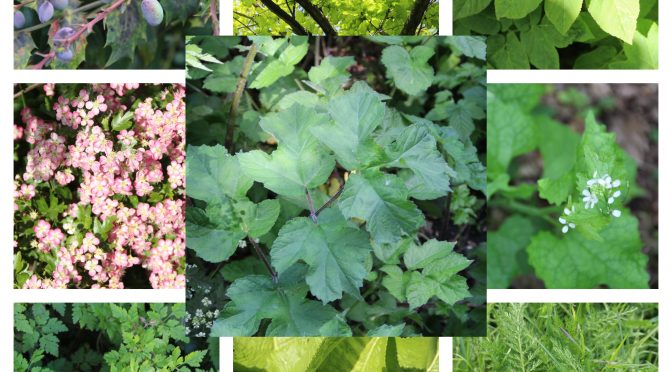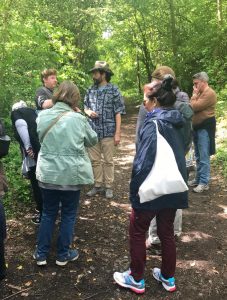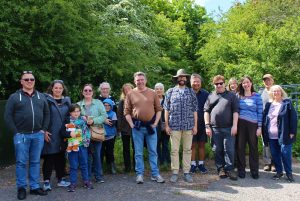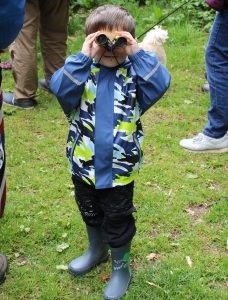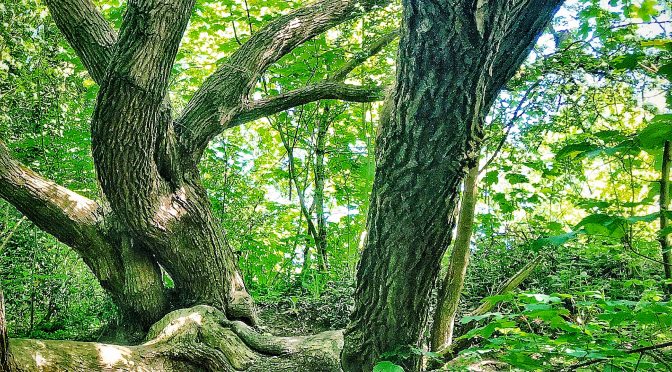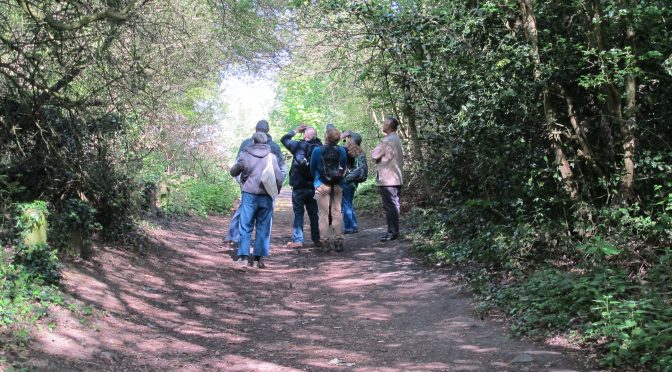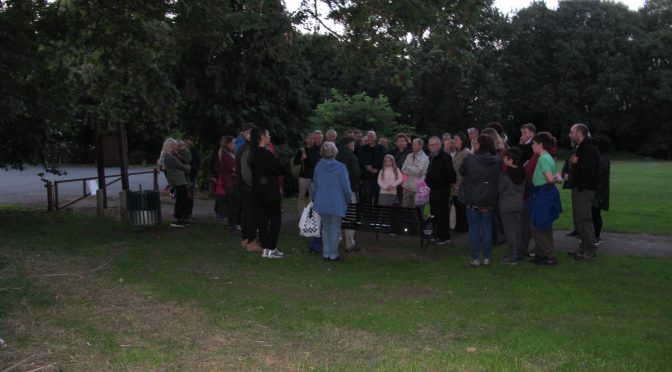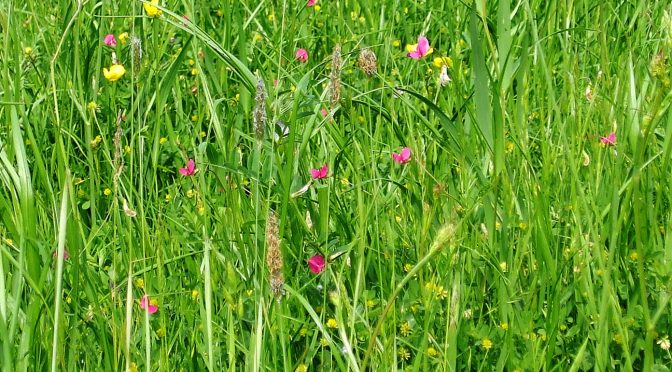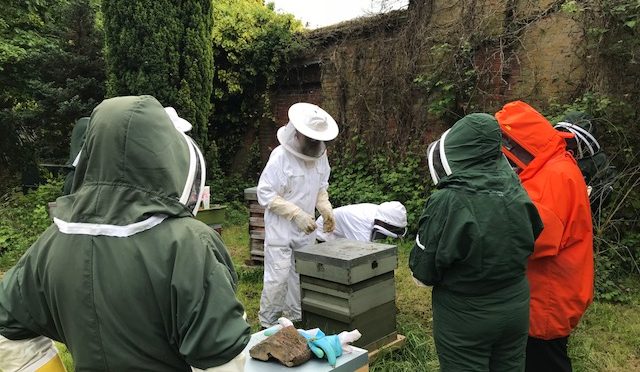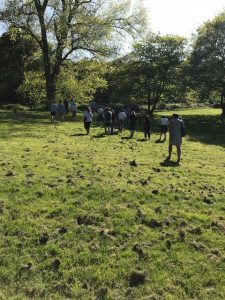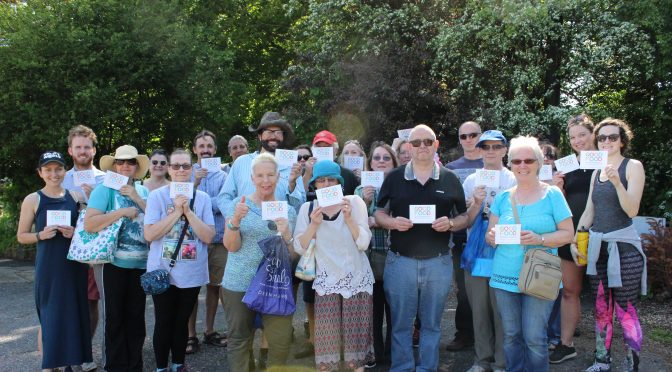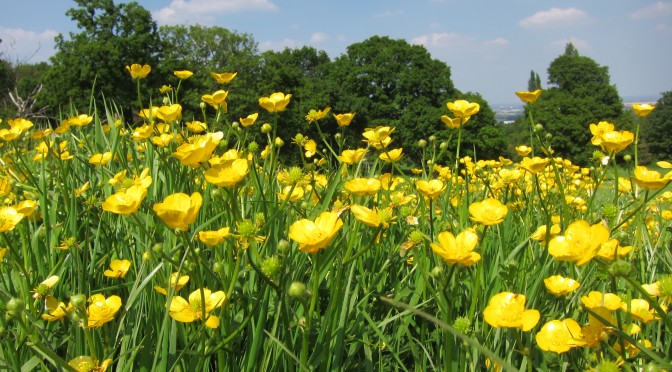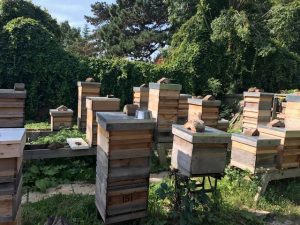If you’ve ever wondered how you’d survive if you were stranded in the woods over a weekend, our local foraging expert, Kevin Godby is the man to ask.
On Sunday 6 May, 26 residents gathered, eager to learn more about foraging. Amongst the edible plants were, black mustard, nettles, ground elder and ash keys (samples of which Kevin had pickled last year). See a list of our Foraging_Finds
As the group munched their way through the park, he talked about how the first communities would have used foraging to supplement their diets, eating small amounts from each plant. It is an important thing to note, as this would stop any digestion problems from eating too much of a particular plant.
Kevin works for Greenwich Co-operative Development Agency, delivering the Growing Greenwich project at 5 locations in Greenwich Borough. It allows local residents to attend free, drop in gardening sessions and is part of the Good Food in Greenwich network.
To find out more about Growing Greenwich please contact:
Kevin Godby on 020 8269 4880 or email Kevin on Kevin@gcda.org.uk
Update: Kevin has some recipe advice for fellow foragers:
The cherry plum jam I made had less sugar than ‘proper jam’ as it is kept in the fridge. To make it I squeezed out the stones as I worked through the pile of fruit and cooked in a preserving pan.
The hogweed omelette would have been tastier if I had ignored the poor advice online that says frying brings out the flavour. If I were doing it again, I would use a smaller amount of the youngest fresh leaves, chopped fine, perhaps steamed for a couple of minutes to soften, and stirred into the egg just before cooking.
I based my pickled ash keys on the parts of several recipes I liked the look of but this one is a decent starting point, the main thing is to boil them and discard the water a few times to remove the bitterness before making the vinegar. Use cider vinegar and brown sugar. I didn’t include ginger as I didn’t want it to overpower the other flavours. Some recipes add curry type spices which doesn’t appeal to me. The harvesting timing is crucial, they need to be quite small and not be at all stringy when tasted raw from the tree, but soon the bunches of keys will be hidden by the leaves until they suddenly become too big.
Link to recipe for Rowan Jelly (ignore the waffle that precedes the recipe, and can use ordinary apples instead of crab apples).
Enjoy!

